Subscribe to our newsletter to find out about all the news and promotions, and automatically receive a welcome discount coupon in your email.
When going out for a run there are various technical issues that we must take into account. Bracing properly, raising your knees, inhaling through your nose, exhaling through your mouth and maintaining a running pace without sudden changes are some useful indications to optimize our abilities. Although some insist that the 'running' is one of the simplest sports practices, there are numerous mistakes made by runners who have never had the follow-up of a trainer. Carlos Escrig, national athletics coach and fitness and bodybuilding instructor, explains the most frequent errors below.
To address this issue, it is interesting to know the concept of 'running economy', which, according to Carlos Escrig, is the efficiency with which oxygen is used when running at a certain pace. "It means that we can run efficiently without wasting energy and this can lead to a runner with good running economy beating another with greater aerobic capacity," he says.
The acquisition and assimilation of correct sports technique is very important to progress in training sessions. However, not all those who practice the 'running' They have the guidance of a professional. Below, we detail some of the aspects that the runner must take into account when practicing this sport.
1- Failure to warm up before and after the race: Many runners make the mistake of not warming up before the race. It is essential to do a good cardiovascular and joint warm-up to prepare the body for the demands of training. The pre-warming oxygenates the muscles, increases flexibility and tightens the joints.
In the same way, it is just as important to stretch your body after you have rolled. Flexibility exercises should be done when the muscle is warm and a light jog to release.
2- Attacking the ground with the heel: "One of the most common mistakes, perhaps the most frequent, is attacking the ground with the heel when running and later supporting the rest of the foot," says the trainer. It also maintains that in this way the contact time between the foot and the surface is increased and the hip remains in a lower position. All of this puts extra work on your hamstrings.
3- Do not raise your knees: By raising the knees we generate greater stride width and our run is faster. To work on stride width, exercises can be performed with small obstacles, which are separated from each other to force the runner to lengthen the stride.
4- Breathe through the mouth: The athlete must inhale the aire through the nose and exhale through the mouth to keep a correct rhythm of breathing. If you take and expel the aire through the mouth will tend to dryness and end up panting during the race.
5- Bad arm: The stroke is essential to carry the body coordinated during the race. It is important to maintain an angulation close to 90º and that the arms are brought up to the hips, facilitating their movement.
6- Sudden changes in pace: It is also possible to maintain a uniform race rhythm and not subject the body to radical changes. It is good to increase our speed in a final 'sprint', but we cannot ride with continuous changes of pace because they produce a huge energy expenditure. The most advisable thing is to change the rhythm progressively and always taking into account the state of fatigue in which we find ourselves and the distance that we still have to travel.
7- Lateral head movement: Lateral head movement is a symptom of tiredness. Runners should keep their eyes straight ahead and their head aligned with their torso. The neck should not be overstretched and the shoulders should be relaxed to avoid stiffness.
8- Trunk too early or too late: Running with the torso in a too high or lying position distorts the trajectory of the body. The correct position is vertical or slightly bent forward, always with the trunk stretched to avoid the shrinkage. This error can be corrected through short running technique exercises, such as skipping or circular running.
9- Training too hard in the days leading up to a competition: Carrying out high-demand workouts the days before a competition wears out the body too much. "A week before the sports appointment, you simply have to do low intensity workouts so that the body rests, recharges the glycogen levels and assimilates the workouts carried out previously," recalls the coach.
10 Brand new shoes on the day of the competition: Clothing should be tried on before a race, as there is a chance that it could cause sores, irritation or chafing. The same happens with thelimentation and sports supplements. Never try to make changes tolimeStarts or supplementation the days before a sporting event because you don't know how your body is going to react to them.
Some runners often blame concentration problems to focus on technique and running at the same time. "There are those who say that if you focus on running well, you lose effectiveness," says Carlos Escrig, who argues that the objective of running technique is not to make the runner dizzy, but rather that the correct movements come out spontaneously and naturally. For this reason, it is important to take care of your technique in training and spend some time in each session to perfect the movements. "It is convenient to pay attention to errors in the final moments of training or of maximum fatigue because that is when our 'bad vices' come to light," he recommends.
Carlos Escrig Fullera has a diploma in Physical Education Teaching and a national athletics coach. He is currently a coach for the modernization of the speed and hurdles sector at the Playas de Castellón Athletics Club. He also works as a fitness and bodybuilding instructor and is a personal trainer.
Other entries that they may interest you.
42K · All rights reserved

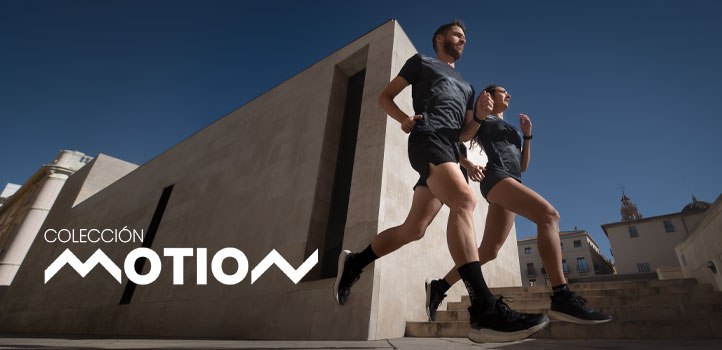

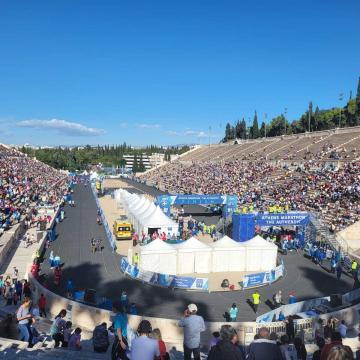


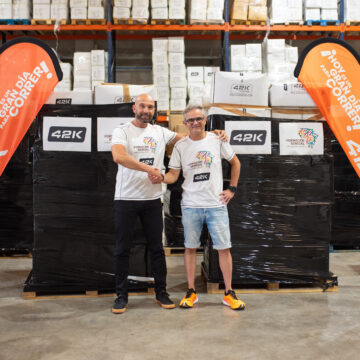
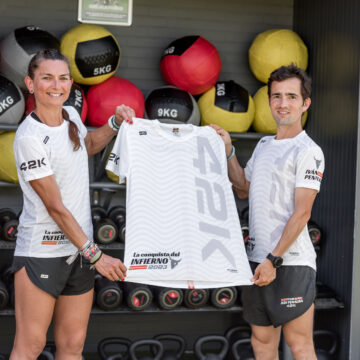


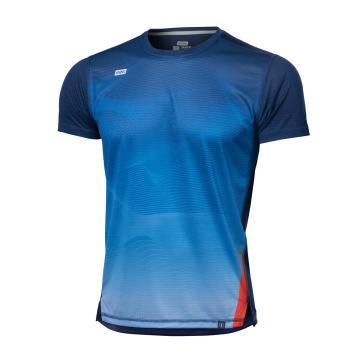
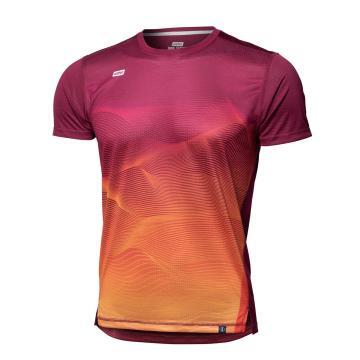
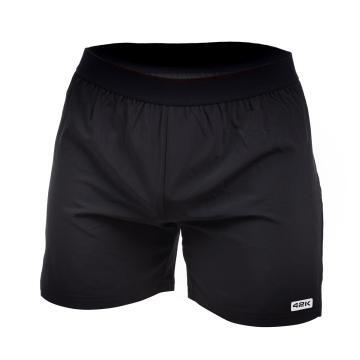
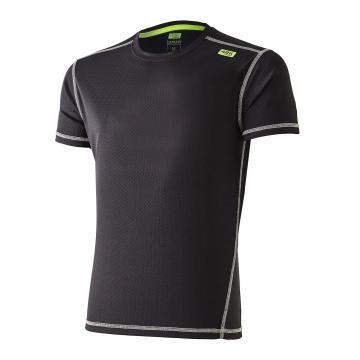
Comments
Post a first comment for this entry!